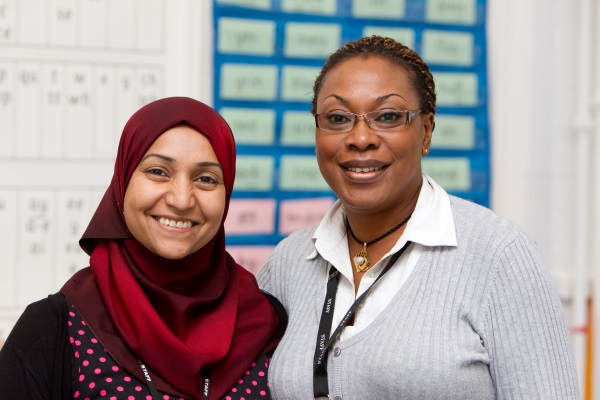Successful professional supervision of SENCOs will depend on the extent of collaboration and mutual support between supervisor and supervisee. Gareth D Morewood outlines his thoughts.

In a previous post I made the case for SENCO supervision, looking closely at:
Having explained why I think supervision would benefit the SENCO role, and considered the differences between managerial and professional supervision, it’s now worth giving some thought to what this supervision would look like in practice.
The reality for many schools is that the line management of SENCOs often relies on someone with little to no SEND knowledge, assessing their performance against whole-school objectives. Although this may meet compliance requirements, how far does it actually go to develop the SENCO as a skilled practitioner or reflective thinker? This question should underpin our effort to forge a new professional pathway for such a vital role.
Professional supervision can be considered as ‘grounded in theory, knowledge and practice’ (Baum, 2012), as detailed previously this has to be considered as a part of a theoretical and practical approach. For example, the specific clinical supervision of counsellors is different to community supervision, say for mental health teams working in local areas.
Establishing supervision models on the strength of different theories or perspectives necessitates critical analysis and self-reflection – two elements that Schὂn (1987) described as essential to the development of the ‘reflective practitioner’. A revised model for the role of SENCO should involve the SENCO and their supervisor evaluating the management processes that are currently in place and discussing how they could be improved; a critical approach.
Line management is by definition a hierarchical structure that can prove inimical to collaboration
There have been some notable critiques of Schὂn’s work, notably that in order to carry out proper self-reflection, one must first step out of the situation and review provision retrospectively (van Manen, 1990). This is a useful consideration for debate, given the scarcity of time a SENCO has to reflect on their work in the current climate.
There are now a number of useful tools available to aid SENCOs in this exercise, and just as the collaborative peer supervision of educational psychologists (Rawlins and Cowell, 2015; Corlett, 2015) is a testament to the strength of their supervisory relationships, these school-led support tools are a good starting point for SENCO supervision.
A quick search of the internet brings up several different supervisory models, but as I am often keen to simplify complex thoughts into something more tangible for readers, I think we need to understand how supervision is different to management, and what tools are required to make supervision work.
In order to start the development of such an approach, as the previous post highlighted, I think it is important we are able to understand why there is a need for supervision first and what the desired outcomes would be, prior to developing any specific competencies.
To support those discussions, generic supervision competencies give us a useful starting point. Combining these ideas with revised NASENCO outcomes should provide an initial set of thoughts from which we can develop a more robust framework.
The main difference between management and supervision is that, in the latter, learning is a two-way process: the supervisor expects to gain as much from talking to the supervisee as vice versa (hence why the peer supervision model for EPs is so effective). Whatever relationship you have with your current line manager, however collaborative your school’s leadership may be, line management is by definition a hierarchical structure that can prove inimical to collaboration.
I want to give further thought to what supervisory competencies are most important to the SENCO role and how a new supervisory model could work. Many questions remain unanswered.
That all said, there’s one thing I am certain about: there needs to be collaboration if this is to take shape. This means collaboration between SENCOs and other colleagues with existing, strong supervisory relationships (such as EPs, counsellors), in addition to those who deliver and will revise the NASENCO award. This is my current thinking at least, but I’d be keen to have your thoughts on:
Watch this space for opportunities to forge a path forward together. I think this is an essential element of the development of the SENCO role and one I will be exploring further. Are you with me?
SEND provision: a three-stage plan for school improvement
It's time to supervise the SENCO
Baum, N. (2012), 'Reflective writing assignment to help social work trainees through poor supervisory relationships', Social Work Education, 31(1), 110–124.
Corlett, L. (2015), 'Future models of supervision: supporting practices and promoting professional growth and well-being in educational psychology through Collaborative Peer Support (CPS)', Educational & Child Psychology, 32(3), 90–104.
Rawlins, R. and Cowell, N. (2015), 'Educational psychologists’ experience of taking part in group supervision: a phenomenological study', Educational & Child Psychology, 32(3), 51 – 64.
Schὂn, D. (1987), Educating reflective practitioners, San Francisco, CA: Jossey-Bass.
van Manen, M. (1990), Researching lived experience: human science for an action sensitive pedagogy, New York: State University of New York Press.